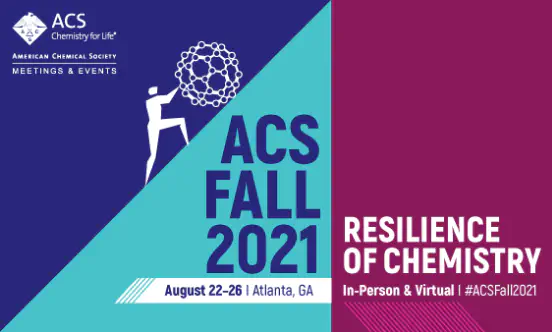ACS Fall 2021: Rhodium Sulfide Electrocatalysts for Electrocatalytic Nitrate Reduction

Abstract
Chloride poisoning of catalysts is a serious and largely understudied issue for the electrocatalytic reduction of aqueous nitrate (NO3−). Without poison-resistant electrocatalysts, nitrate reduction processes require increased capital cost for upstream removal of poisons. Here we study electrocatalytic activity of rhodium sulfide supported on carbon (RhxSy/C) for NO3− reduction and compare it against Pt/C and Rh/C in the presence of chloride. We hypothesized that RhxSy/C would combine the high nitrate reduction activity of Rh with the halide resistance observed for other reactions, such as hydrogen evolution. RhxSy/C has a steady-state nitrate reduction current density (−0.12 mA cm−2) at 0.1 V vs. RHE and pH 0 with 1 M nitrate that is five times higher than Rh/C (the most active pure metal electrocatalyst) and two orders of magnitude higher than Pt/C. Current densities are decreased by 37% for RhxSy/C, 62% for Rh/C, and 40% for Pt/C at 0.1 V vs. RHE in the presence of chloride. Decreased nitrate reduction activity for Pt, Rh, and RhxSy is due to the competitive adsorption of chloride and nitrate on the surface. Density functional theory (DFT) modeling predicts that chloride poisoning persistently inhibits nitrate reduction on metals due to linear adsorbate scaling relations between nitrate and chloride. DFT calculations and microkinetic modeling of our experimental measurements predict that nitrate converts to nitrite via an H-assisted dissociation mechanism. Pristine RhxSy terraces are predicted to be inactive toward nitrate reduction. In contrast, sulfur vacancies in RhxSy terraces are active for nitrate reduction, but also bind chloride strongly. Thus, sulfur-defected RhxSy surfaces rationalize the experimentally observed high activity but moderate chloride poison resistance of RhxSy/C for nitrate reduction. Our work highlights metal sulfides as a material class that helps mediate the effects of chloride poisoning and provides design guidelines for the discovery and engineering of other poison-resistant electrocatalysts.